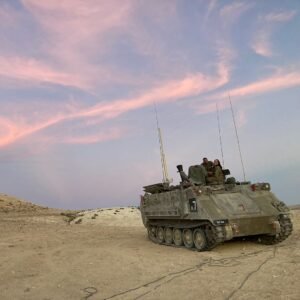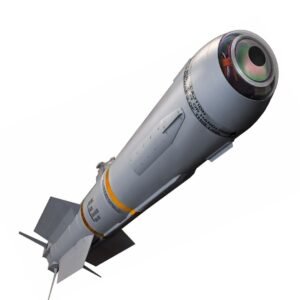Design, Testing, Upgrades, and Deployment History
Origin
The Tomahawk cruise missile (Land Attack Missile) is a long-range, all-weather, subsonic cruise missile used by the United States Navy and Royal Navy. The Tomahawk missile has been used in a number of conflicts, including the Gulf War, the Iraq War, and the Syrian Civil War.
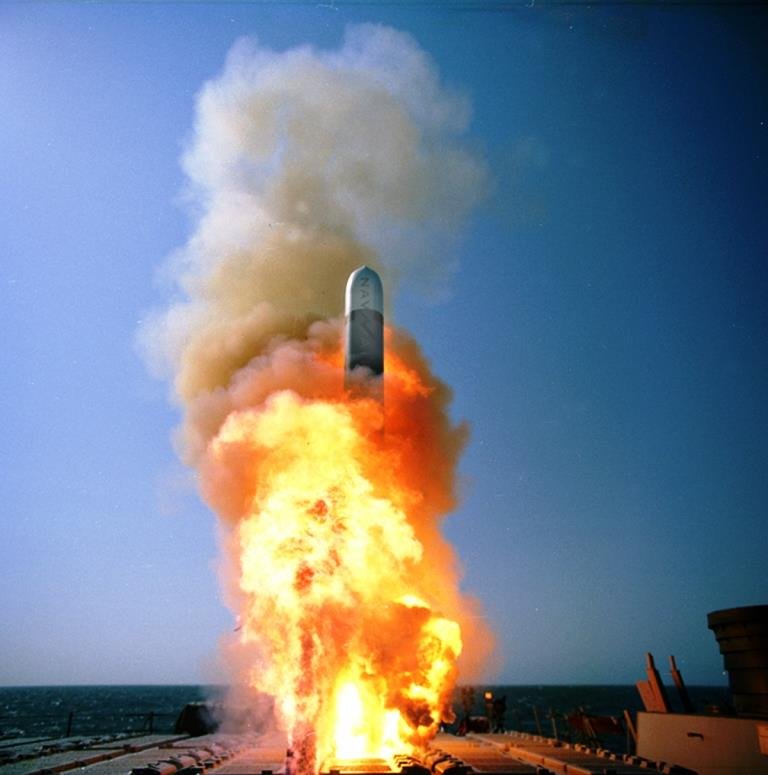
Tomahawk Design and Development
The design and development of the Tomahawk cruise missile began in the late 1960s, as the US Navy sought a long-range, precision strike capability that could be launched from a variety of platforms. The program was initially called the “Missile Experimental” (MUX) program and was led by the Naval Weapons Center at China Lake, California.
In 1971, General Dynamics was awarded the contract to develop the missile, and the project was renamed the “Tomahawk” missile program. The Tomahawk missile was designed to be highly flexible and could be launched from submarines, surface ships, and land-based launchers. It was also designed to be highly accurate and could strike targets with a high degree of precision.
The first Tomahawk missile was tested in 1976, and the missile entered service with the US Navy in 1983. Since then, the missile has undergone several upgrades and modernizations, including the addition of GPS guidance and the ability to carry a variety of different warheads.
Today, the Tomahawk missile is one of the most widely used cruise missiles in the world and is considered a key component of the US Navy’s strike capabilities.
Tomahawk Missile Testing and Upgrades
Since its initial development, the Tomahawk Cruise missile has undergone a number of testing and upgrades to improve its capabilities.
- GPS guidance: In the late 1980s, the Tomahawk missile was upgraded with GPS guidance, which improved its accuracy and made it more effective against heavily defended targets.
- Digital scene-matching area correlation (DSMAC): In the 1990s, the Tomahawk missile was upgraded with DSMAC technology, which allowed it to navigate using digital imagery of the target area. This made the missile more effective in hitting targets in areas with poor visibility, such as in bad weather or at night.
- Block IV: In the 2000s, the Tomahawk Block IV missile was developed, which added a two-way data link, allowing the missile to be reprogrammed in flight and giving it the ability to strike moving targets. Block IV also added a multi-mode seeker, which allowed the missile to switch between GPS, infrared, and video guidance, depending on the target.
- Maritime strike capability: In the 2010s, the Tomahawk missile was upgraded with a maritime strike capability, which allows it to target ships and other naval vessels. This capability was developed in response to the changing nature of naval warfare and the need for the US Navy to be able to strike at sea from long distances.
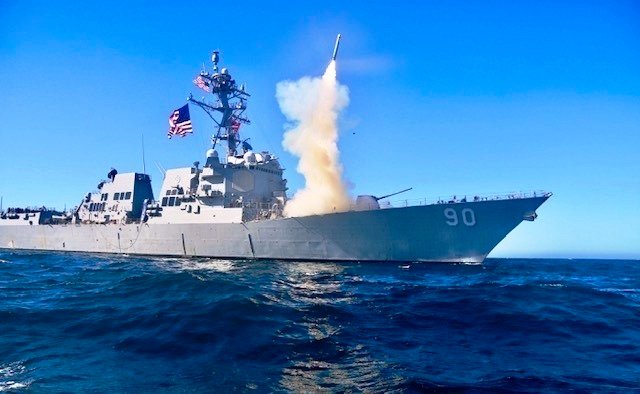
Integration and Potential Deployment of Tomahawk Cruise Missile on Different Platforms
In the 1990s, the US Air Force tested the Tomahawk missile on the B-52H bomber, which could potentially allow the missile to be launched from long distances away from the target. However, the program was eventually canceled.
In recent years, there have been efforts to develop a variant of the Tomahawk missile that can be launched from land-based platforms, including trucks and trailers. This would provide the missile with greater flexibility and mobility, as well as the ability to strike targets from more locations.
There are currently no known efforts to integrate the Tomahawk cruise missile with fighter jets or other aircraft, as the missile is primarily designed for use in naval operations. However, given the missile’s long-range and precision capabilities, it is possible that it could be adapted for use in certain air-to-ground strike scenarios in the future.
In Which War Was Used Tomahawk Cruise Missile?
The Tomahawk cruise missile has been used in a number of conflicts since its introduction into service in the 1980s. Here are some notable examples:
Gulf War (1991): During the Gulf War, the US military launched hundreds of Tomahawk missiles at targets in Iraq, including military and strategic targets. The Tomahawk was used in the opening salvo of the war and was instrumental in destroying Iraq’s air defense systems and other key infrastructure.
Kosovo War (1999): During the NATO intervention in Kosovo, the US and UK launched Tomahawk missiles at targets in Serbia, including military and strategic targets. The Tomahawk was used in combination with other weapons to degrade Serbia’s military capabilities and force it to withdraw its forces from Kosovo.
Iraq War (2003): During the Iraq War, the US military again used Tomahawk missiles extensively, launching hundreds of missiles at targets in Iraq. The Tomahawk was used in the opening stages of the war to strike key military and government targets, and was also used throughout the conflict to target insurgent and terrorist positions.
Syrian Civil War (2017): In April 2017, the US military launched 59 Tomahawk missiles at a Syrian airbase in response to a chemical weapons attack that had been carried out by the Syrian government. The strike was seen as a warning to the Syrian government and a show of force by the US.
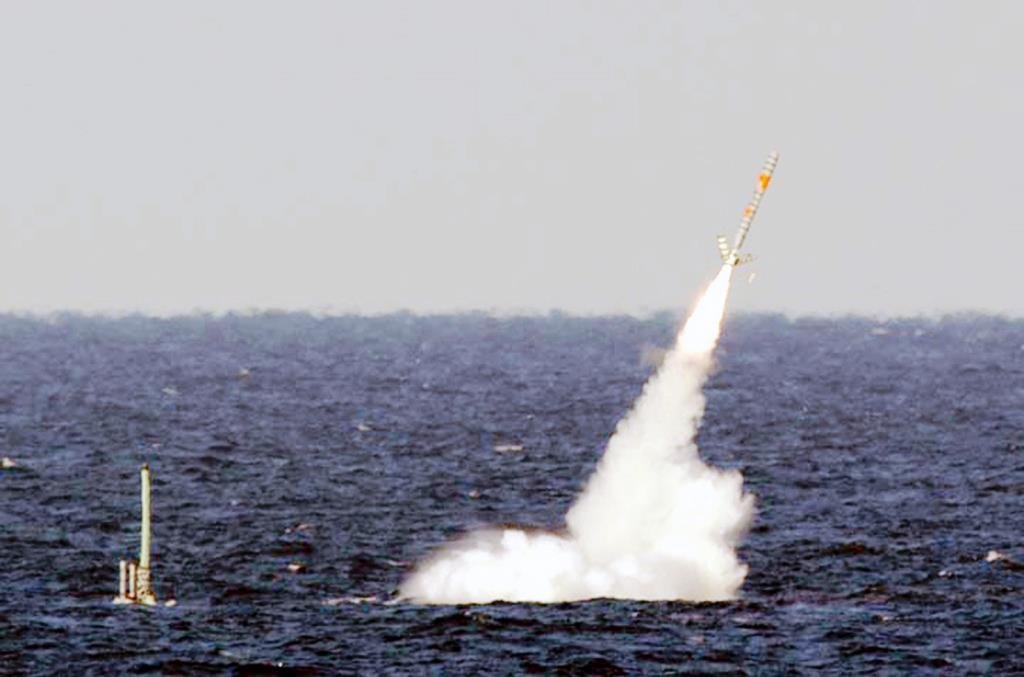
Tomahawk Missile Variants
The Tomahawk Cruise missile has gone through several variants throughout its development history.
BGM-109A Tomahawk: The first variant of the Tomahawk missile was the BGM-109A, which was introduced in 1983. It was a land-attack missile that could be launched from submarines, surface ships, and land-based platforms. It had a range of around 1,350 km (840 miles) and was guided by an inertial navigation system.
RGM/UGM-109B Tomahawk: The RGM/UGM-109B was a variant of the Tomahawk missile that was designed specifically for use by the US Navy. It had a range of around 1,600 km (1,000 miles) and was guided by an inertial navigation system and a TERCOM (terrain contour matching) system.
BGM-109C Tomahawk: The BGM-109C was a variant of the Tomahawk missile that was designed for use by the US Air Force. It was air-launched from the B-52H bomber and had a range of around 2,500 km (1,550 miles).
BGM-109D Tomahawk: The BGM-109D was a proposed variant of the Tomahawk missile that was designed to carry a nuclear warhead. However, the program was canceled in 1991, and the missile was never produced.
Tomahawk Block IV: The Tomahawk Block IV is the most recent variant of the Tomahawk missile, introduced in the early 2000s. It features a two-way data link, which allows it to be reprogrammed in flight, and a multi-mode seeker, which allows it to switch between GPS, infrared, and video guidance, depending on the target. It also has a maritime strike capability and can target ships and other naval vessels.
The Block IV variant is currently in service with the US Navy and is expected to remain so for the foreseeable future.

Tomahawk Missile Warhead:
The Tomahawk Cruise Missile is typically armed with a 1,000-pound warhead, although it can also be equipped with a cluster munition or a bunker-busting warhead. The warhead is designed to explode upon impact, creating a blast wave that can destroy or damage nearby targets.
Tomahawk Missile Size:
The Tomahawk missile is approximately 6.25 meters (20.5 feet) long and has a diameter of 0.52 meters (20.5 inches). It weighs around 1,450 kg (3,200 pounds) and has a range of approximately 1,600 km (1,000 miles).
Tomahawk Missile Blast radius:
The blast radius of a Tomahawk missile can vary depending on the type of warhead it is equipped with and the terrain in which it detonates. However, a Tomahawk missile with a 1,000-pound warhead is estimated to have a blast radius of approximately 150 meters (500 feet).
Tomahawk Missile Replacement:
The US Navy has been working on a replacement for the Tomahawk missile, known as the Next Generation Land Attack Weapon (NGLAW). The NGLAW is expected to have improved range, speed, and accuracy compared to the Tomahawk missile, as well as the ability to carry a variety of warheads.
Tomahawk Missile Explosion:
When a Tomahawk missile detonates, it creates a large explosion that can destroy or damage nearby targets. The explosion is typically accompanied by a bright flash of light and a loud noise.
Tomahawk Missile vs Kalibr:
The Tomahawk missile and the Kalibr missile are both long-range cruise missiles designed to strike targets on land or at sea. However, there are some key differences between the two missiles. The Tomahawk missile has a longer range than the Kalibr missile, but the Kalibr missile is believed to be more maneuverable and has a more advanced guidance system. Additionally, the Kalibr missile is designed to be launched from various platforms, including submarines, surface ships, and aircraft.
Read More:-The RS-28 Sarmat ICBM: Doomsday Machine and Fateh-110 Missile.





